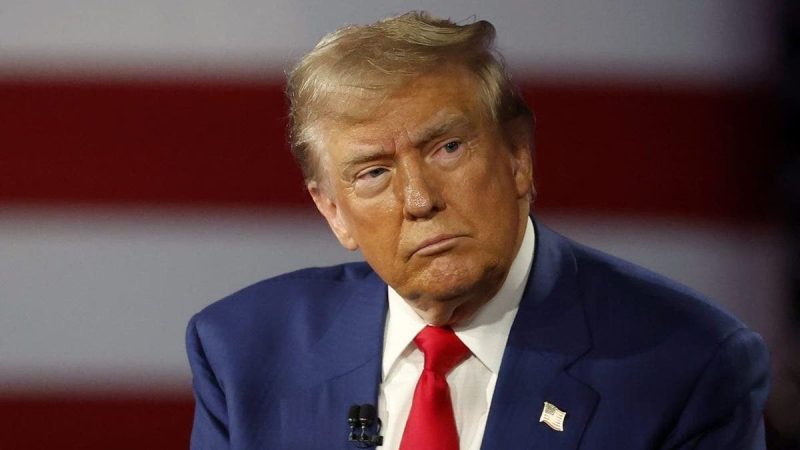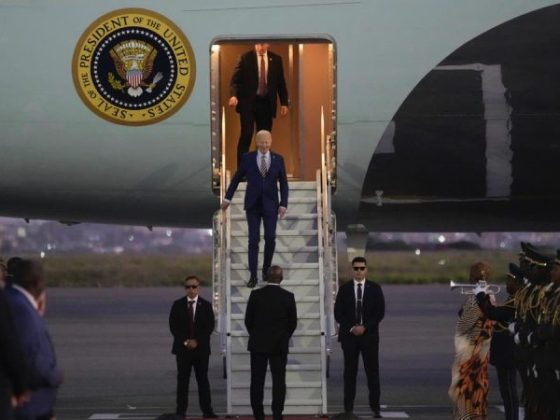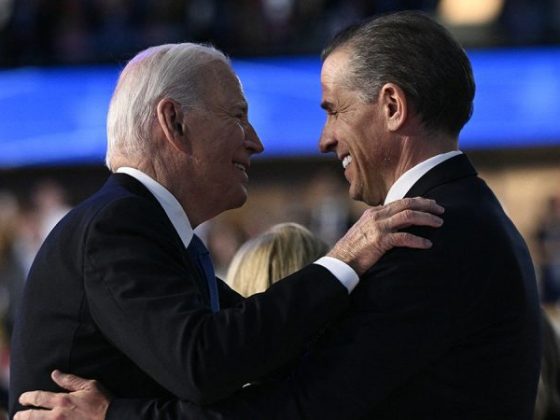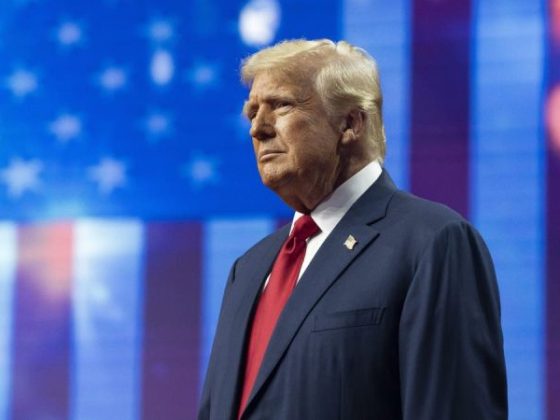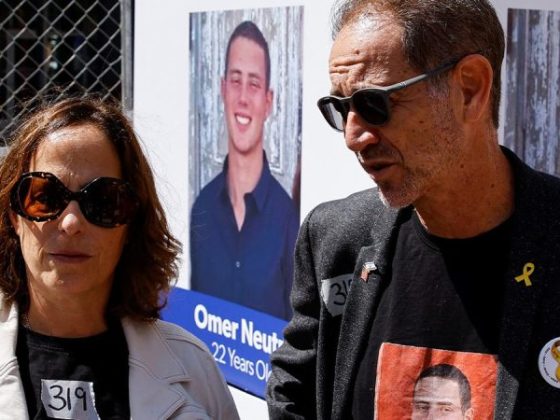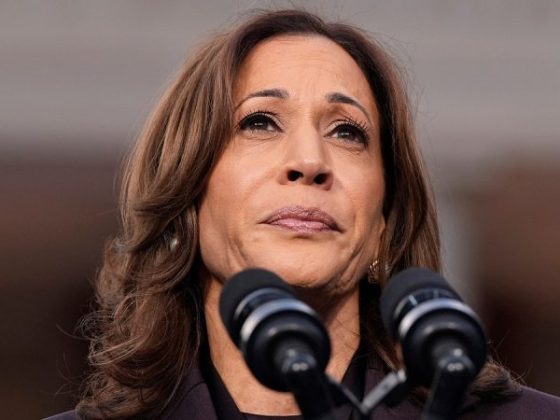Although the November 2020 elections are now behind us, the patterns of voter preferences continue to offer interesting insights into the overall complexity of America’s political landscape. Among the key findings emerging from the voting patterns is the strong support from Black voters in swing-states for the now Vice President Kamala Harris. Equally noteworthy, and somewhat unexpected, is the significant inroads former President Donald Trump managed to make with Black male voters.
The overwhelming backing for Vice President Harris among majority of Black voters in swing states underscores her wide acceptance within this demographic group. Kamala Harris not only made history as the first African American and Asian American woman elected as Vice President but also cultivated significant backing from Black voters. Her identity and upbringing resonate with many within these communities, and her ambitious policy propositions to address systemic inequities have won her significant favor.
From her proposals to invest in minority-owned businesses to her plans for comprehensive criminal justice reform, Harris has effectively engaged with the concerns of Black voters. Moreover, her visibility and active participation in social justice movements, such as Black Lives Matter, have further consolidated her image as an advocate for racial justice and equality. It comes as little surprise that such dedication would corral a formidable base of support among Black voters in competitive swing states.
Equally interesting in the political dynamics of the 2020 elections, however, was Donald Trump’s ability to make notable inroads with Black male voters. Breaking away from the typical voting patterns, a section of Black male voters found an appealing message in Trump’s promises of economic stability, employment creation, and deregulation.
Political analysts posit that this shift in allegiance could be attributed to Trump’s economic policies and his administration’s efforts toward prison reform. The First Step Act, a signature achievement of Trump’s administration, which aimed at reducing recidivism rates among federal prisoners, was widely celebrated. Moreover, the pre-pandemic economic growth and historically low unemployment rates among Black Americans during Trump’s tenure might have also influenced these voters.
Trump’s decision to single out prominent Black male celebrities and athletes for public endorsement may have helped boost his appeal among this demographic. His meetings with personalities like Kanye West and Jim Brown might have aided in creating a perception of Trump as a leader unafraid to challenge the status quo, subsequently resonating with a subset of Black male voters.
While Harris’s popularity among Black voters in general was a predictable consequence of her highly charged campaign and relatable personal narrative, Trump’s relative success among Black men stands as a testament to the fluidity and diversity of political views within racial demographics.
In summary, the examination of voting behaviour in the 2020 American presidential elections offers some interesting highlights. The significant support enjoyed by Vice President Harris amongst Black voters in swing states attests to the compelling nature of her political and personal narrative. On the other hand, the inroads made by Trump amongst Black men expose an intriguing complexity within the voting patterns of this demographic. Overall, these patterns underscore the fact that assumptions about monolithic voting behaviour within any demographic are ultimately an oversimplification of a much more intricate reality.

